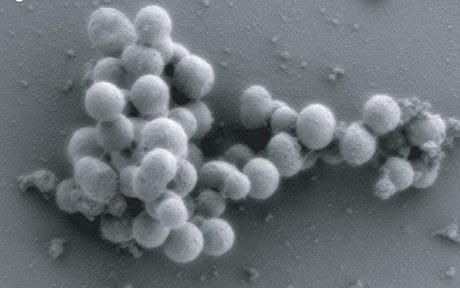New publications
Scientists have recreated a living organism in a computer model
Last reviewed: 01.07.2025

All iLive content is medically reviewed or fact checked to ensure as much factual accuracy as possible.
We have strict sourcing guidelines and only link to reputable media sites, academic research institutions and, whenever possible, medically peer reviewed studies. Note that the numbers in parentheses ([1], [2], etc.) are clickable links to these studies.
If you feel that any of our content is inaccurate, out-of-date, or otherwise questionable, please select it and press Ctrl + Enter.
A simple microorganism that causes sexually transmitted infections has become the world's first biological organism whose functioning has been simulated on a computer down to the smallest detail. The computer model of life is the first real working digital model simulating the full cycle of chemical and biological reactions of a living organism from birth to death.
Scientists say the microorganism Mycoplasma genitalium is a good candidate for digital reproduction because its genome contains only 525 genes. By comparison, the human genome contains more than 20,500 genes.
The authors of the experiment say that creating a digital analogue of a real bacterium opens up boundaries for science that are difficult to overestimate. In the future, researchers will be able to create much more complex organisms by simulating their activity on computers. It also allows for the generation of virtual models of organisms in a completely digital form, experimenting with them, and researching them.

Marcus Covert, a professor of bioengineering at Stanford University, says that such organisms, simulated on computers, allow scientists to share their data in real time and conduct joint research, even if they are located on different parts of the world. "In the future, we can use this technique to understand, for example, how many genes cause cancer, and also to better understand how to combat certain diseases that are currently incurable. It is now clear that diseases such as cancer are not limited to one gene, and by simulating the activity of genes on a computer, we will understand the essence of the disease much better," he says.
According to Covert, to create the model of the organism, the scientists used more than 900 sources of data on Mycoplasma genitalium so that the model 100% accurately reflects the work of the real organism. The created model completely identically reproduces all 28 cellular processes present in the real bacteria. Recall that the bacterium Mycoplasma genitalium is a single-celled organism, the work of which causes diseases in humans such as inflammation of the genitourinary system in men or cervical cancer in women.
 [ 1 ]
[ 1 ]
